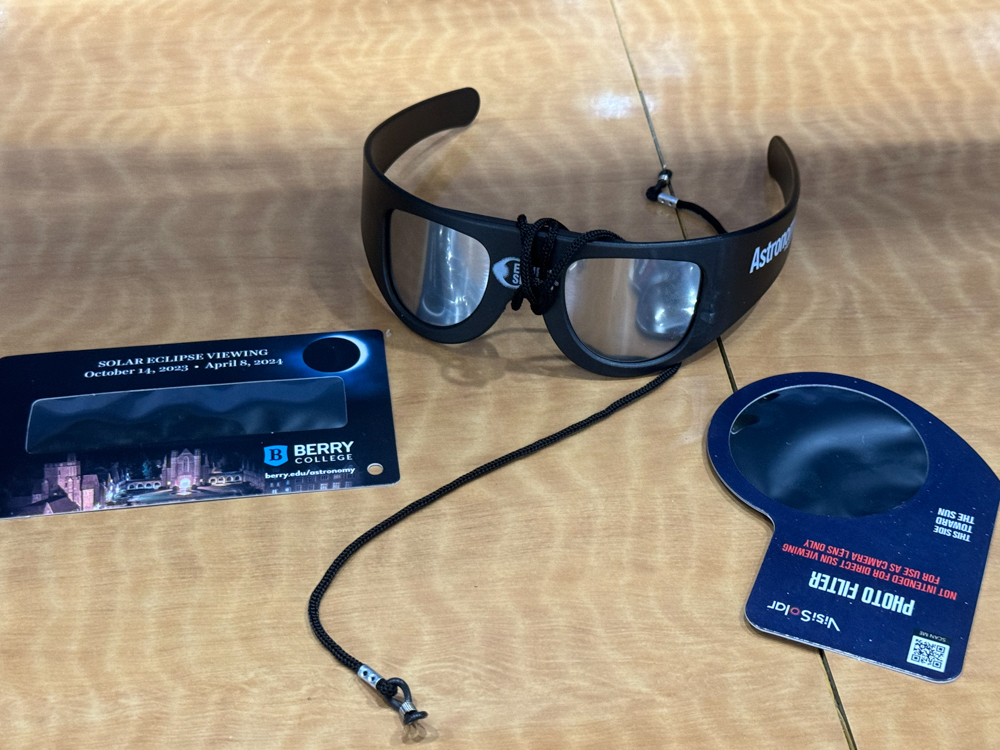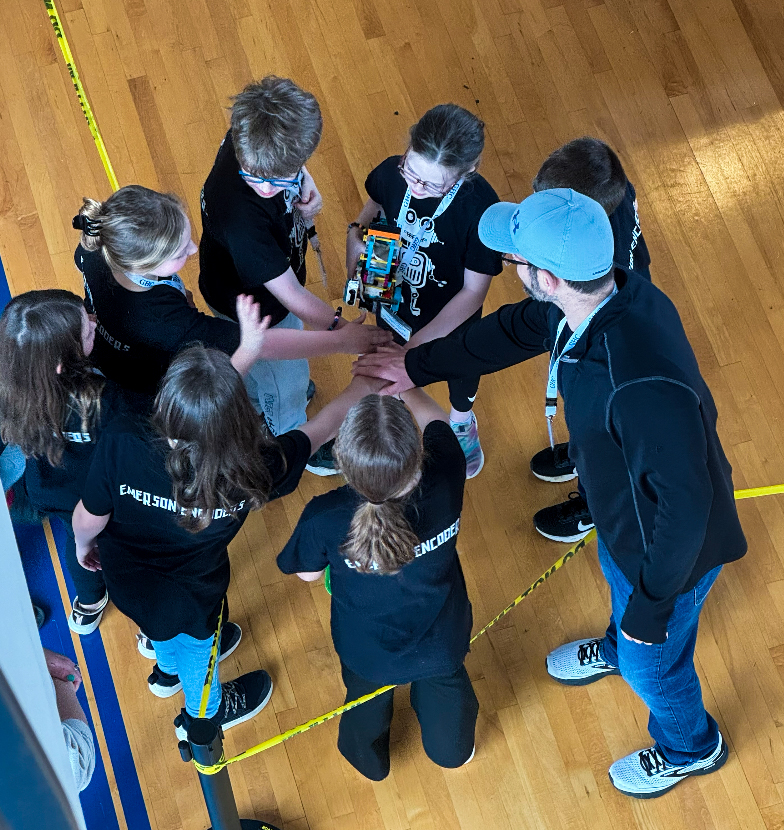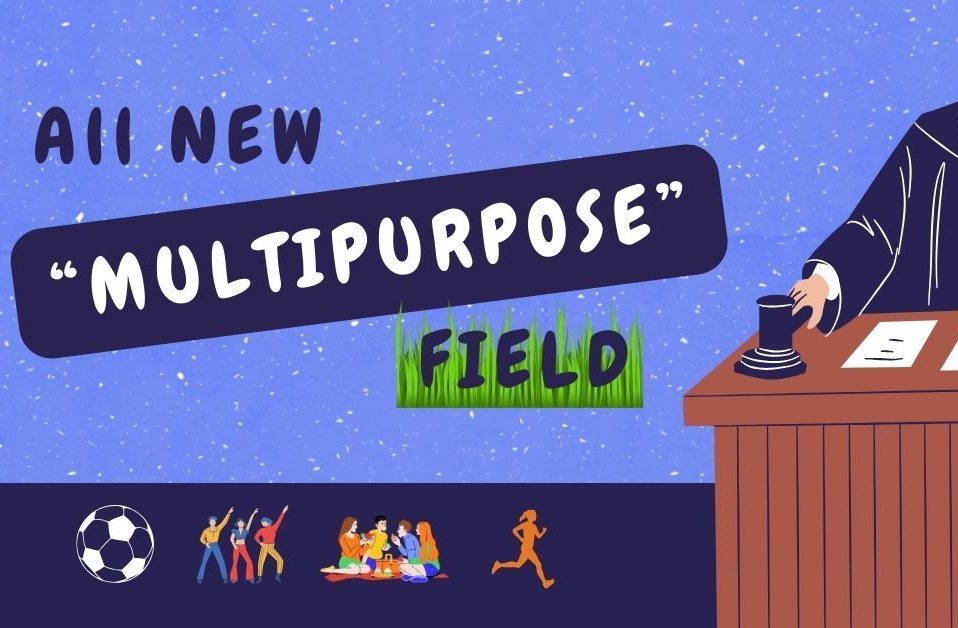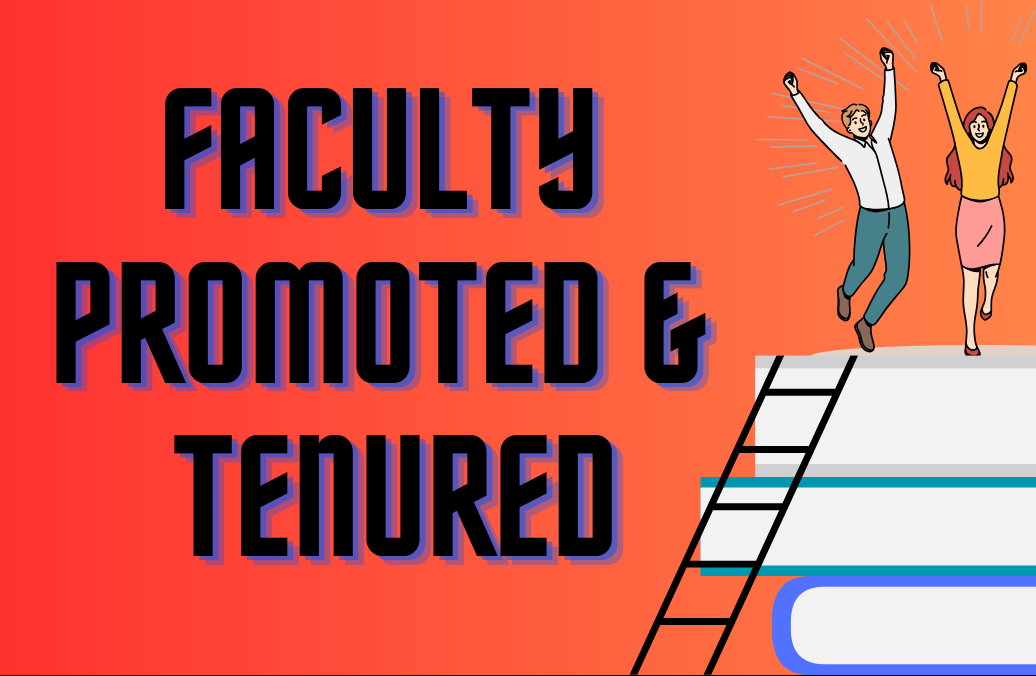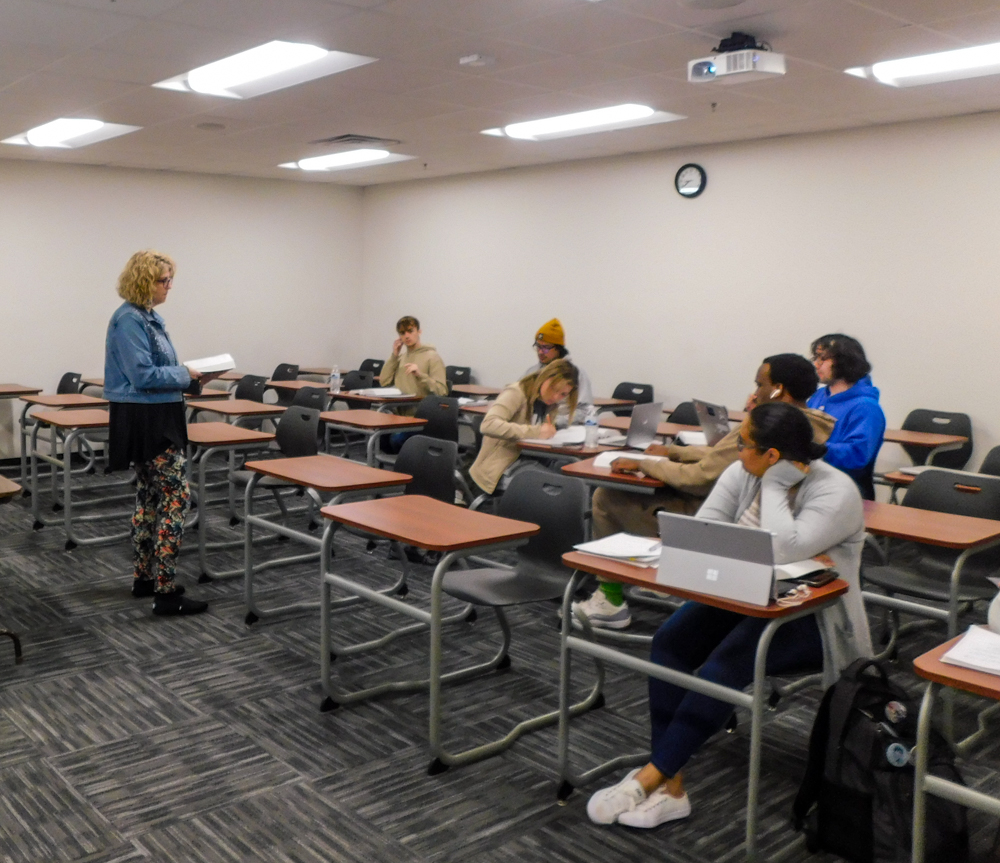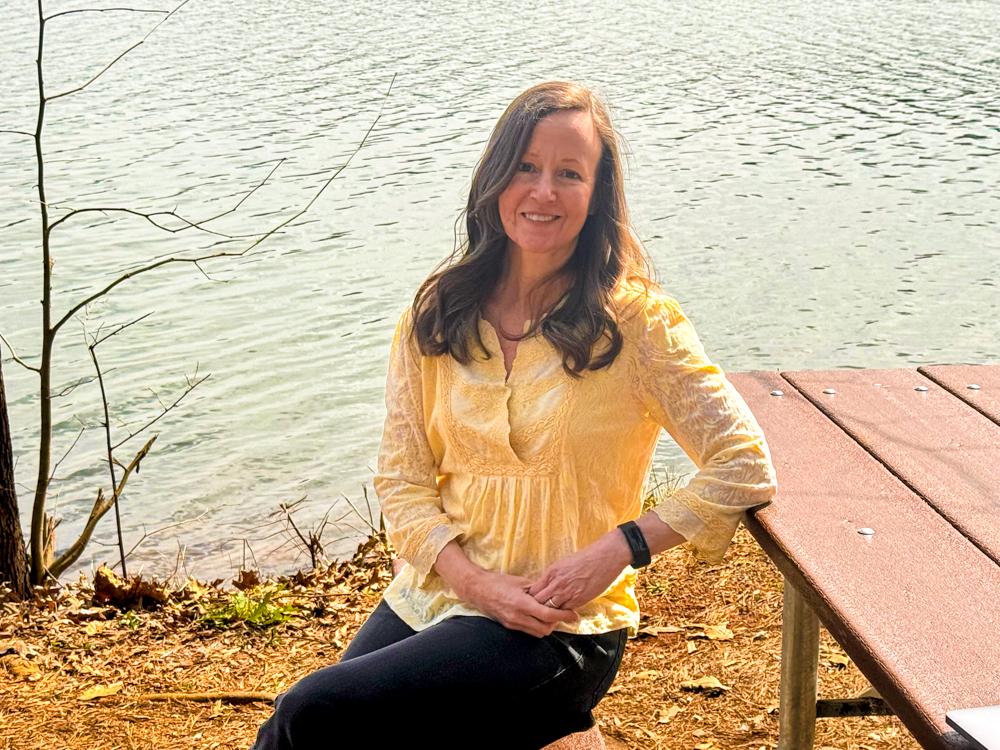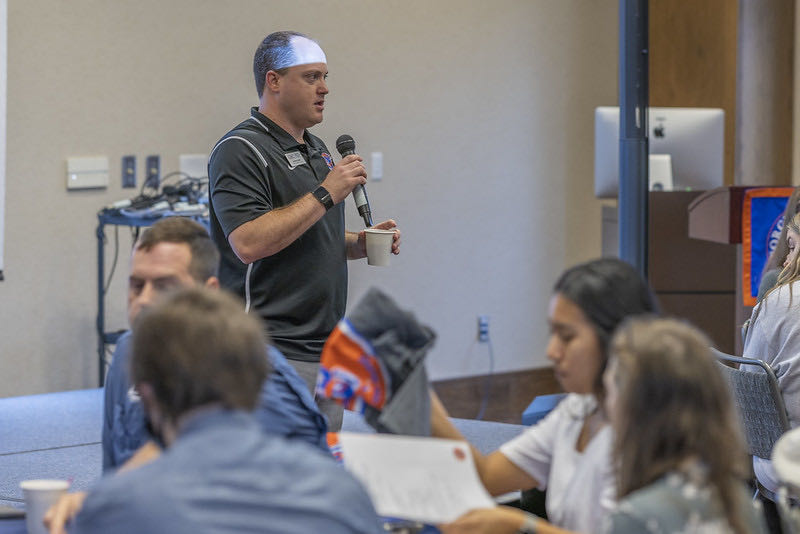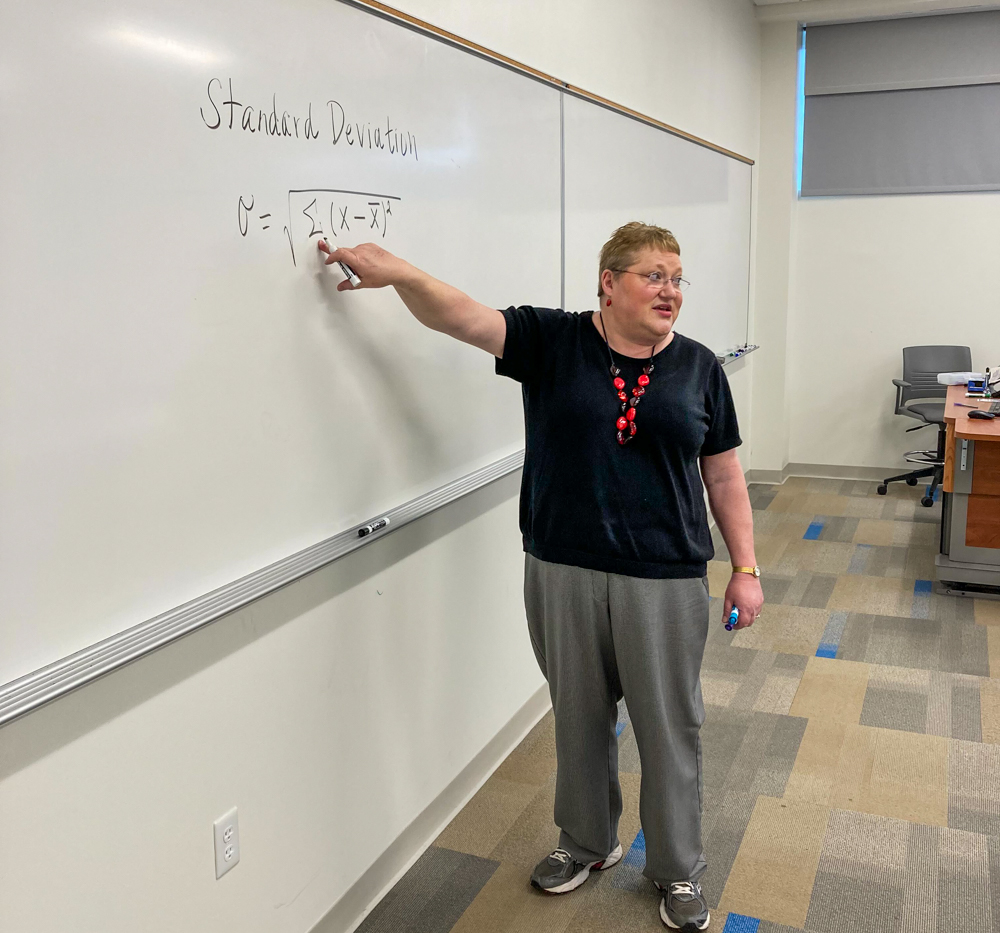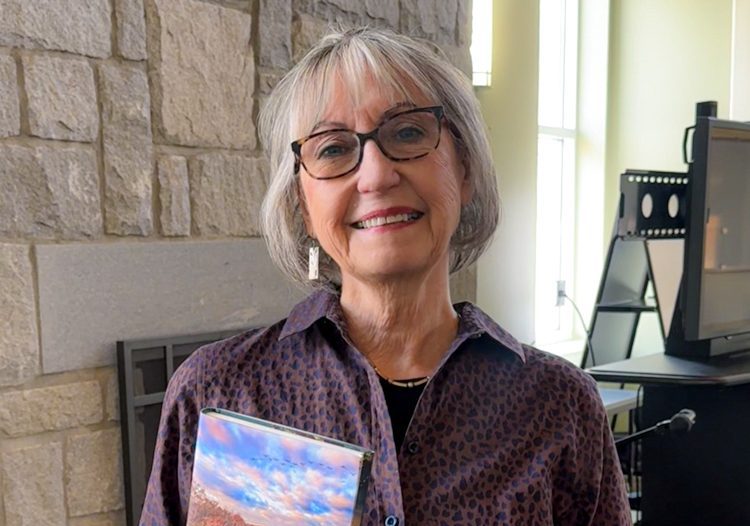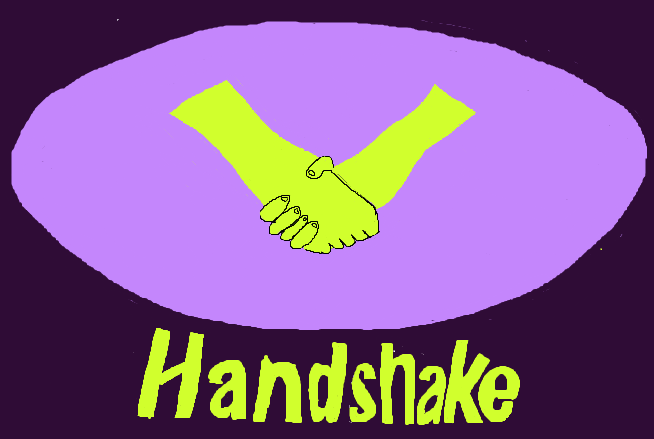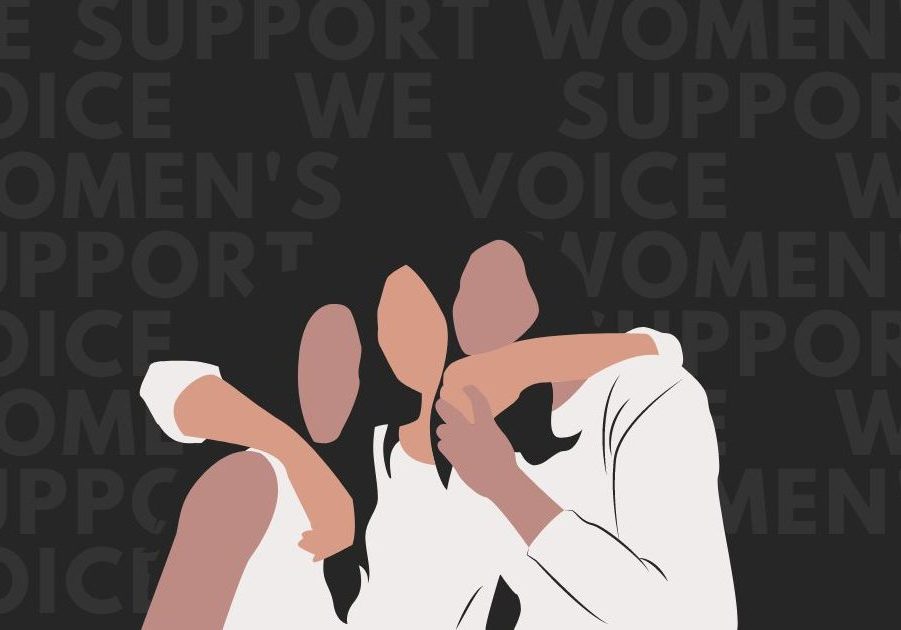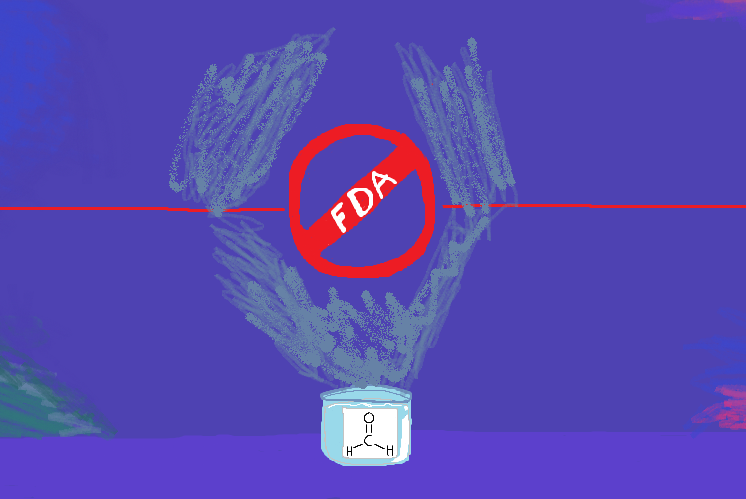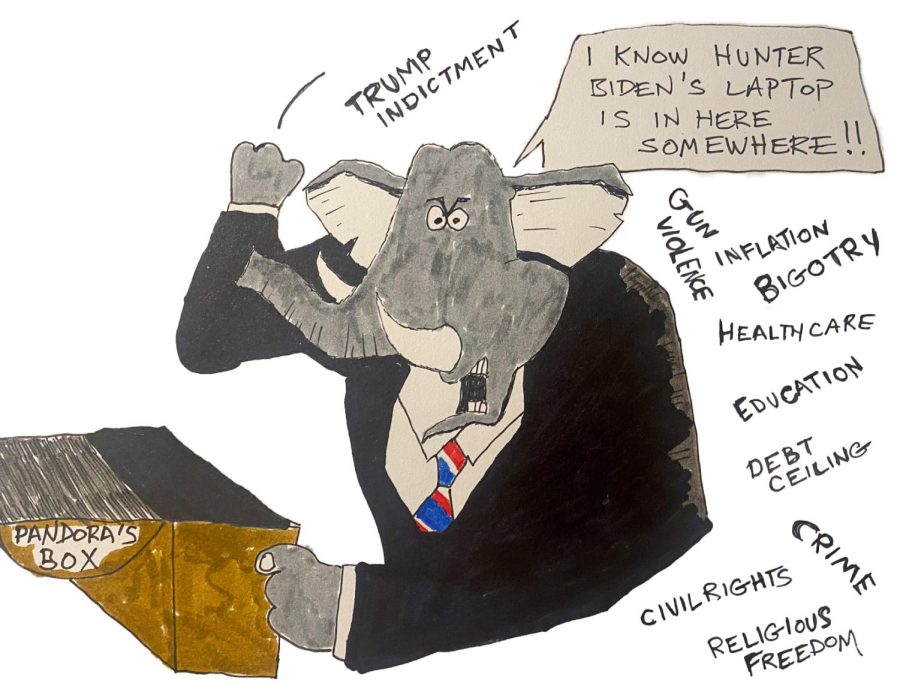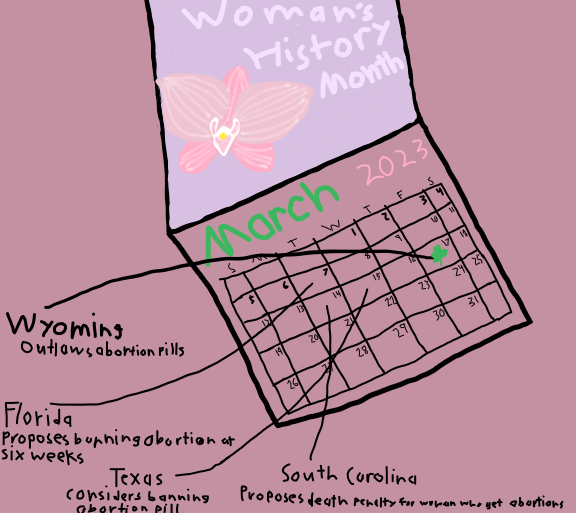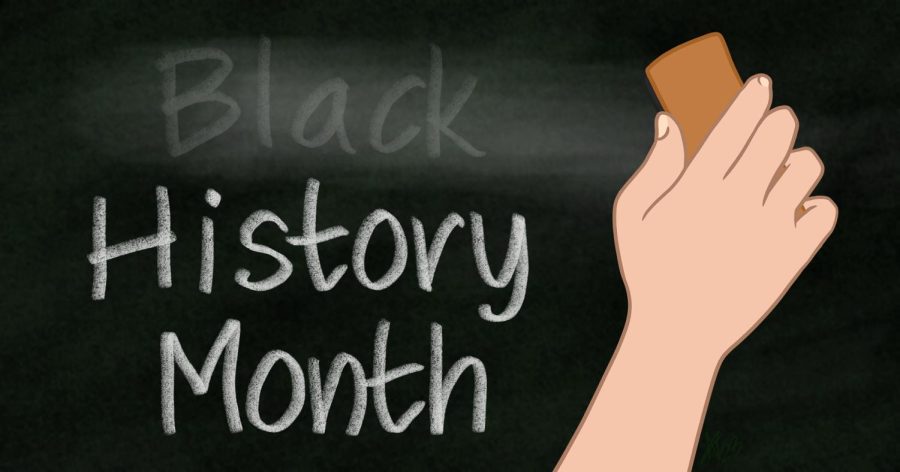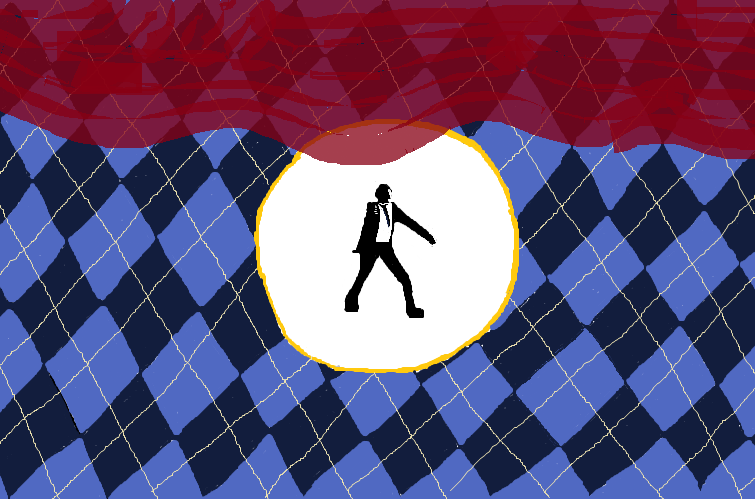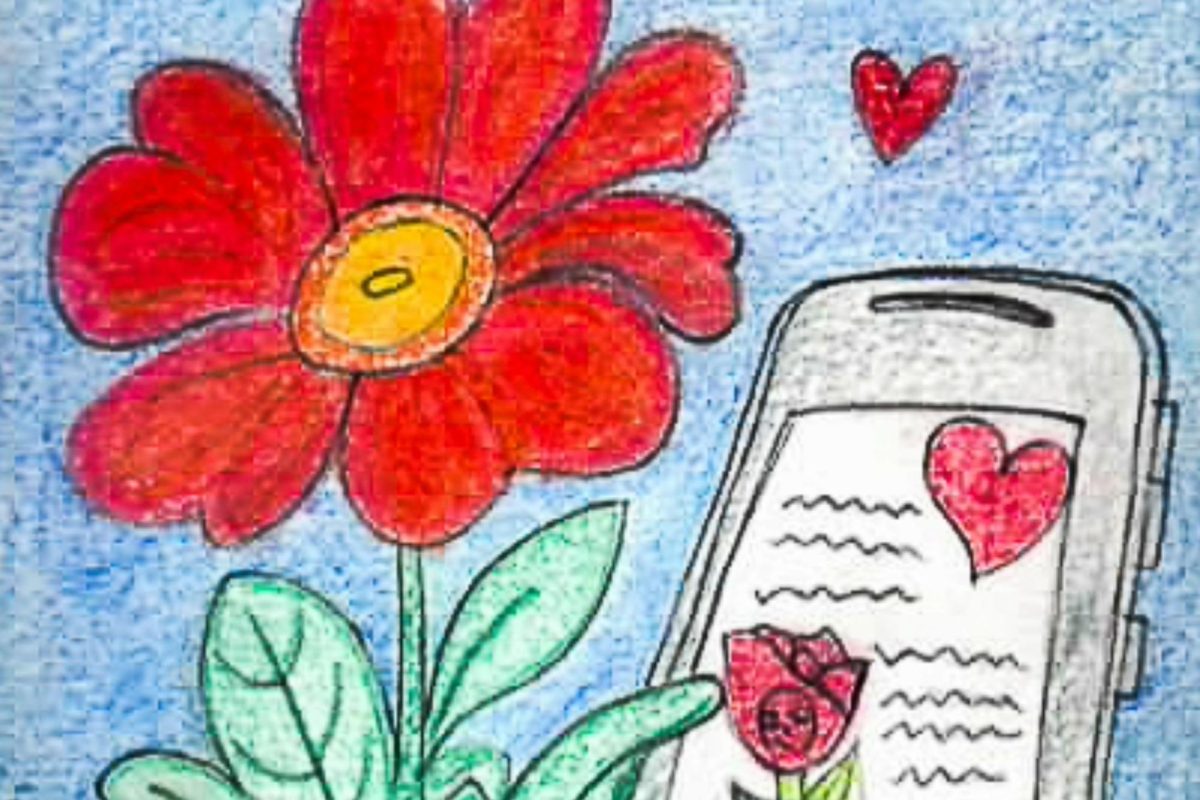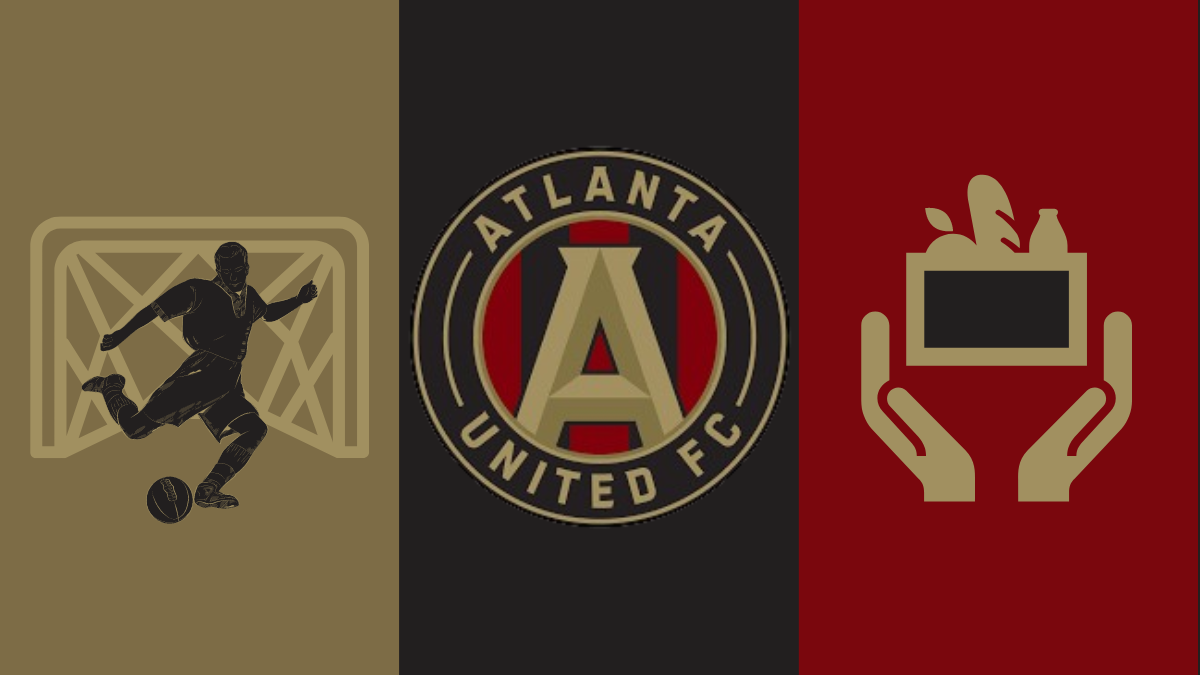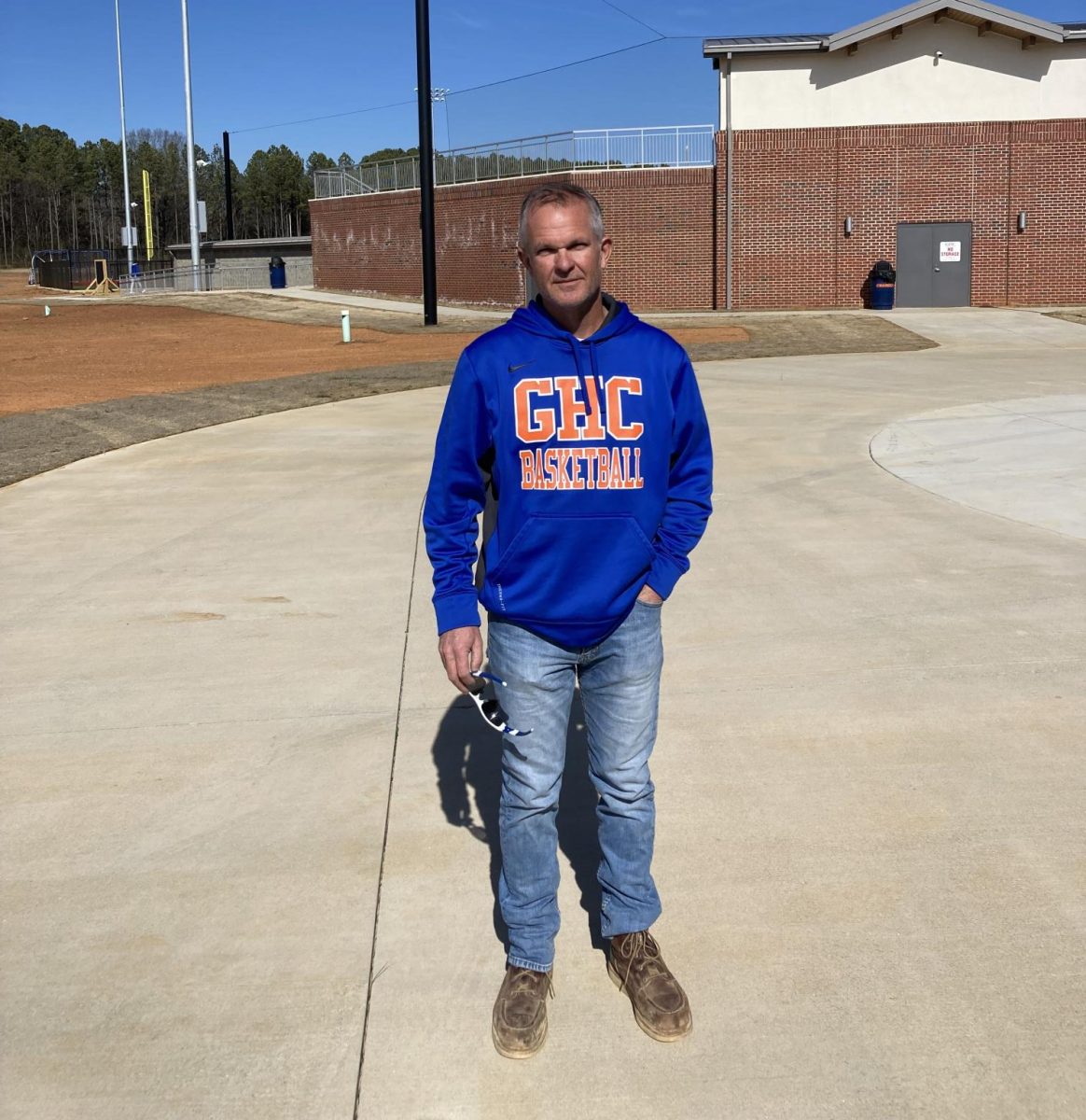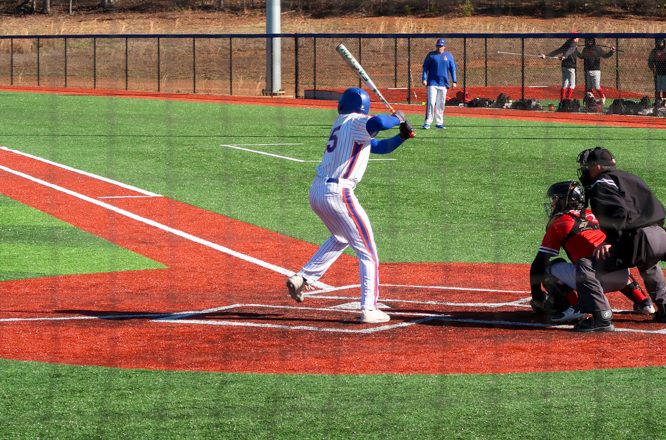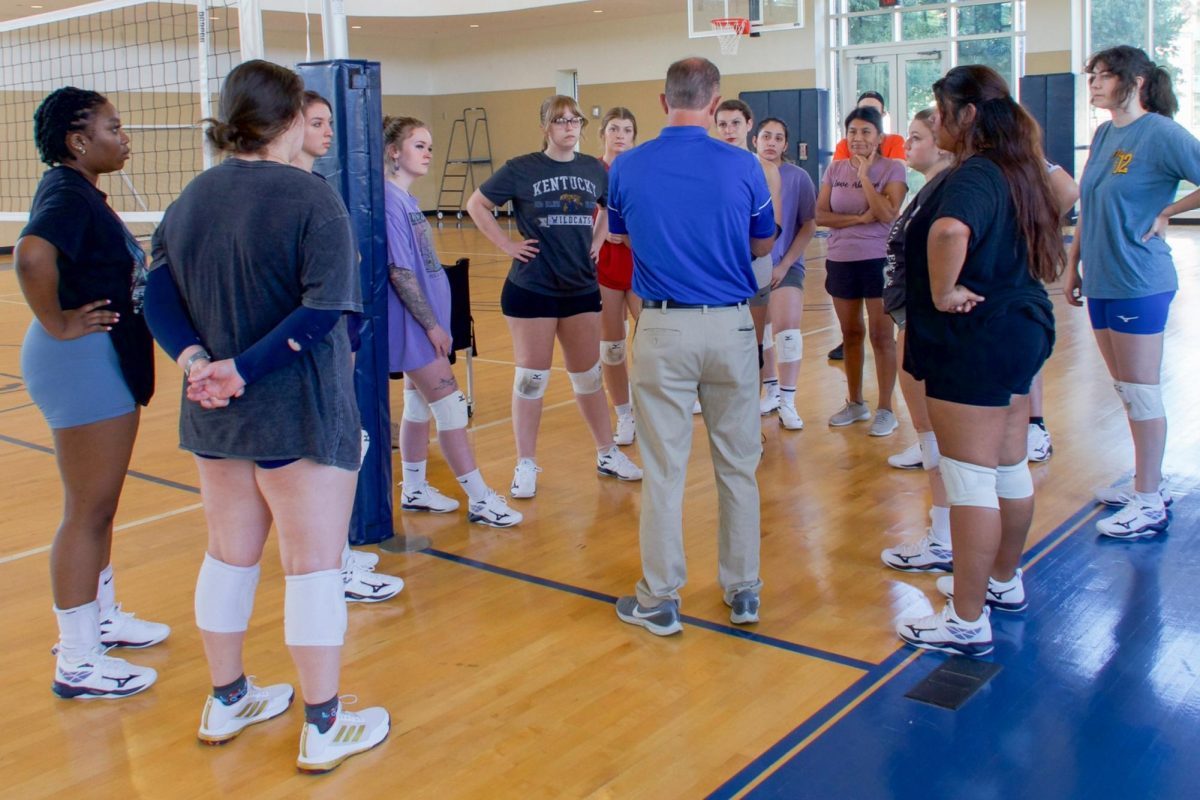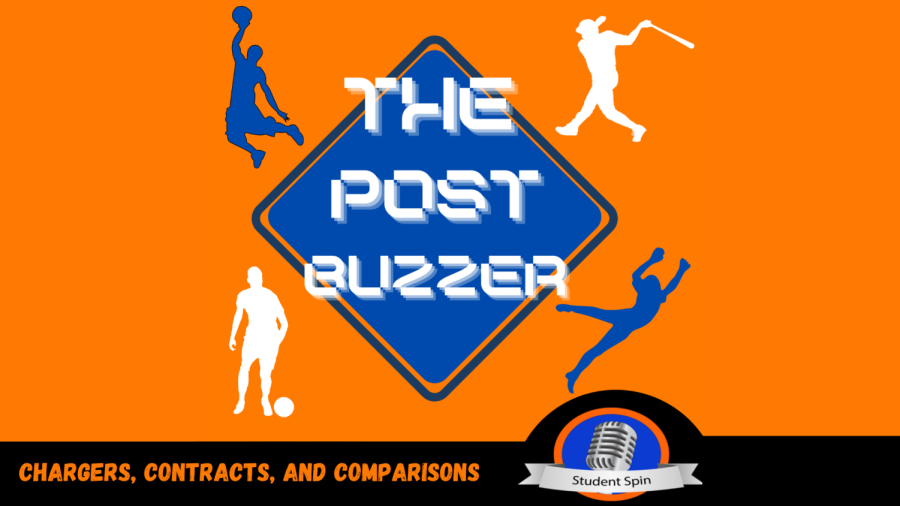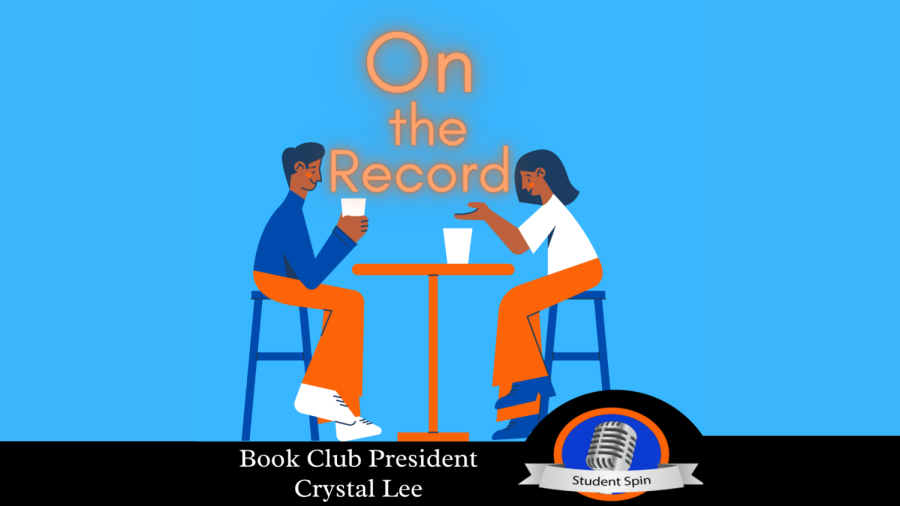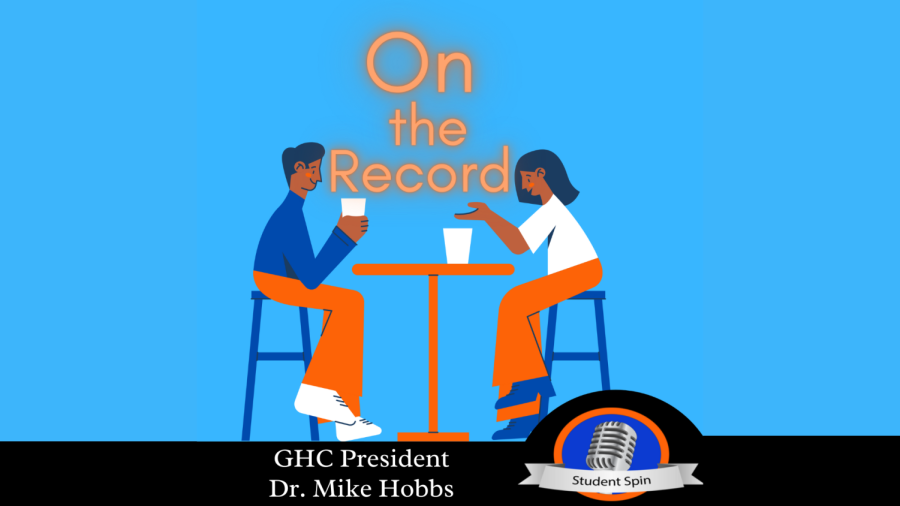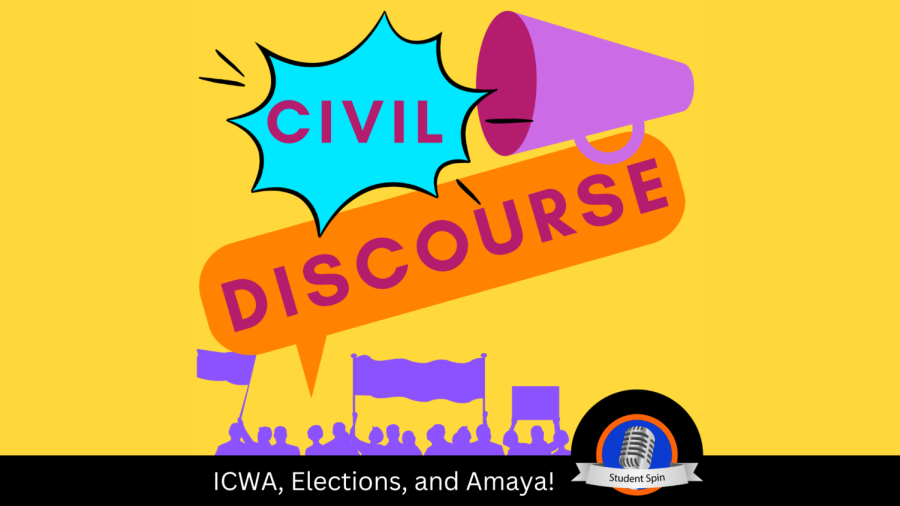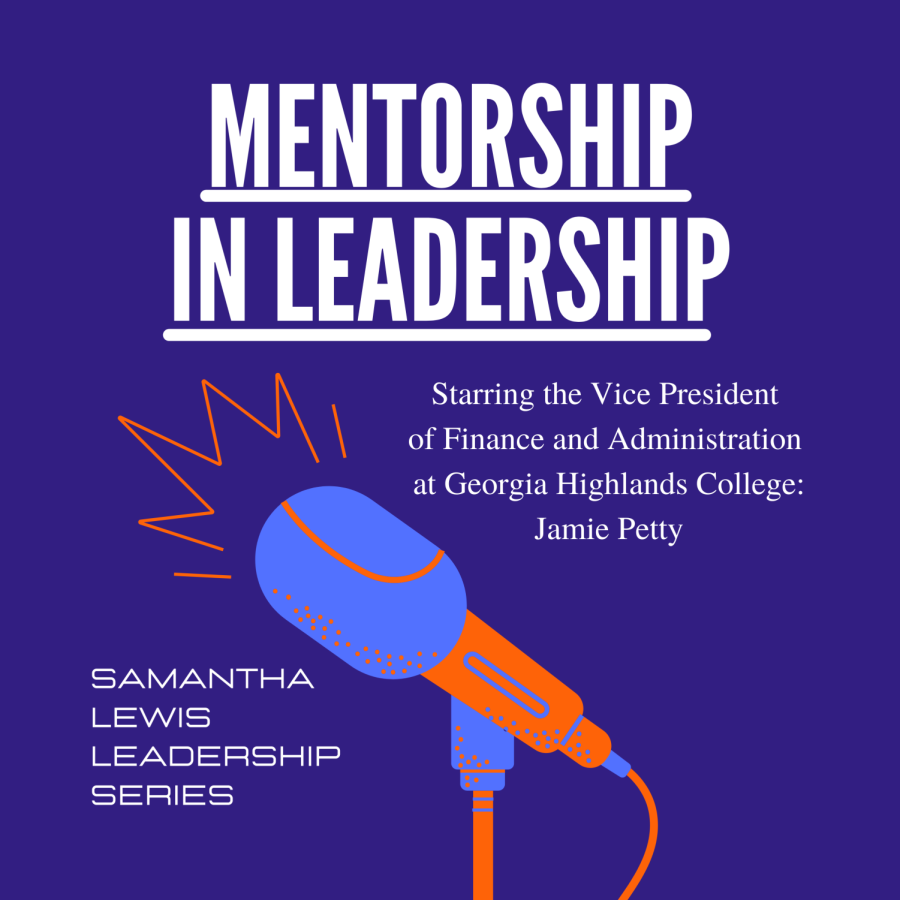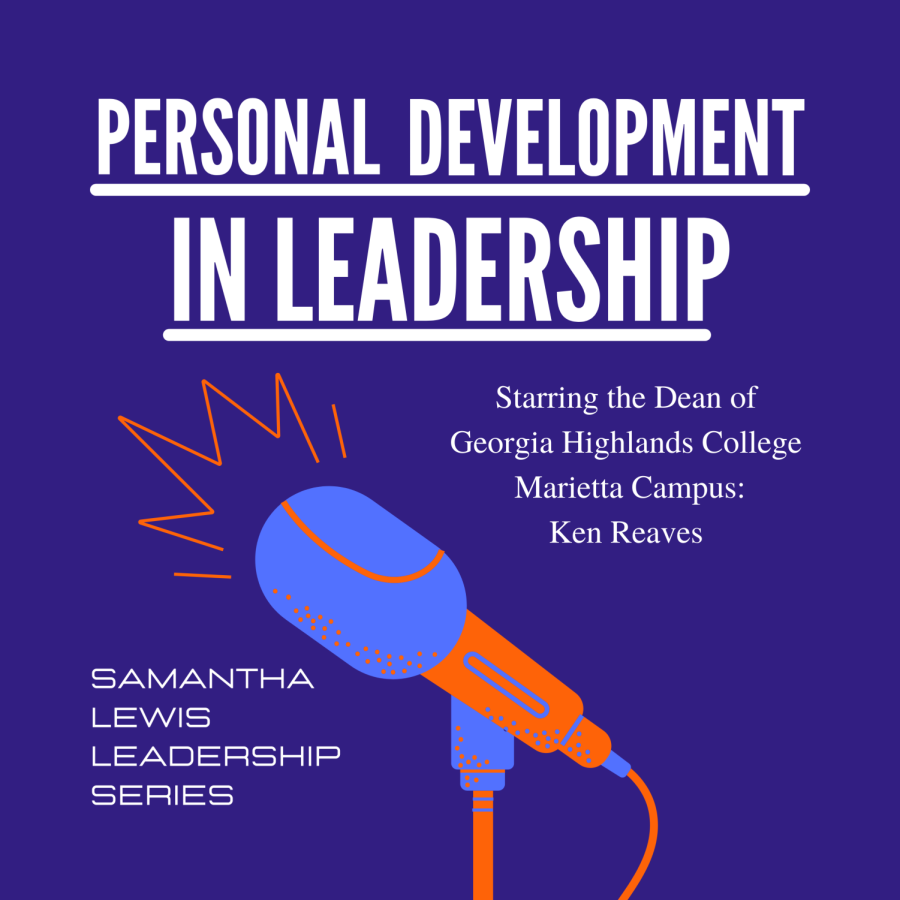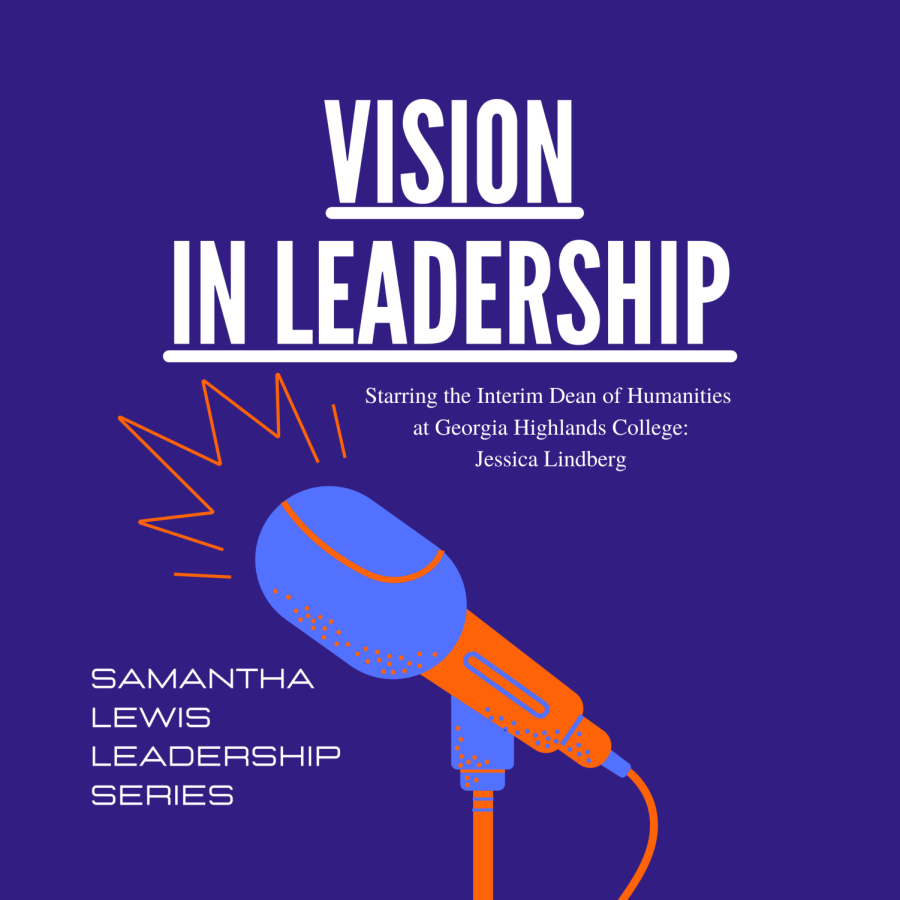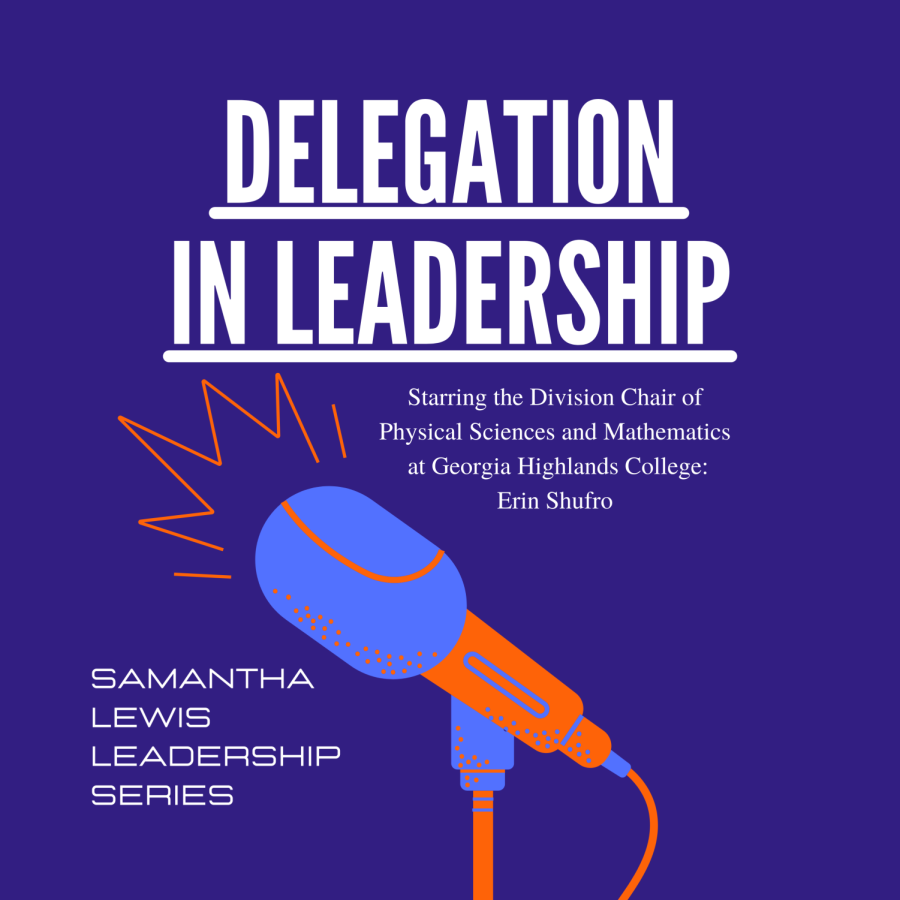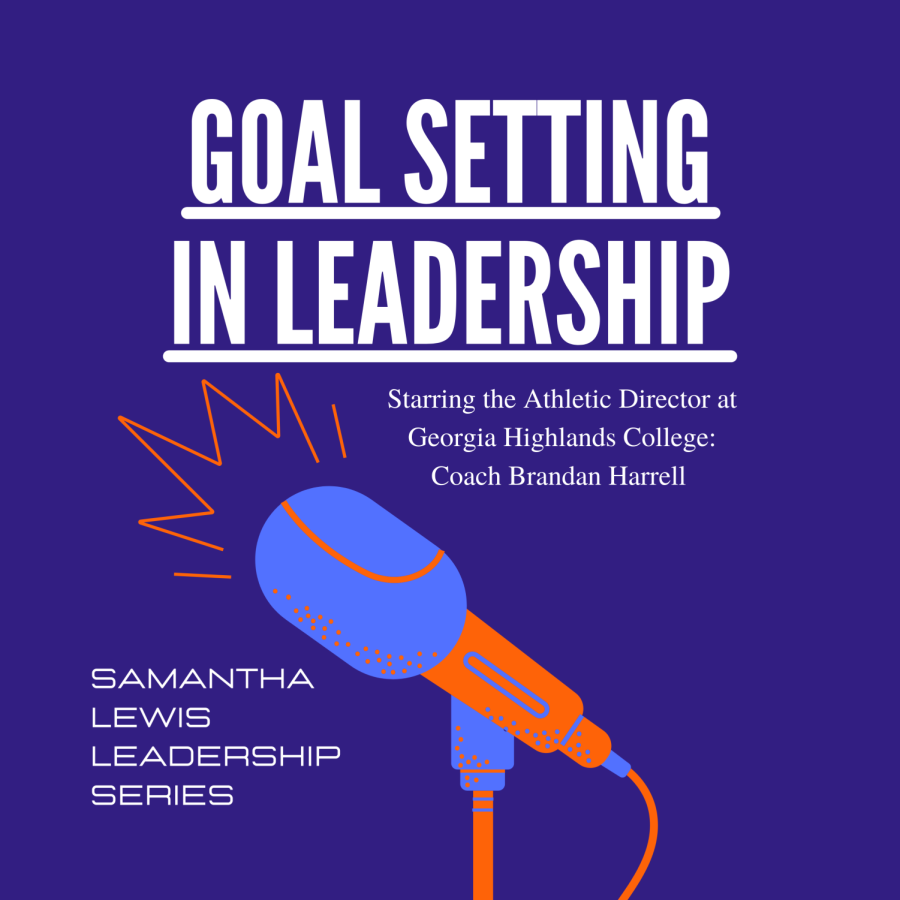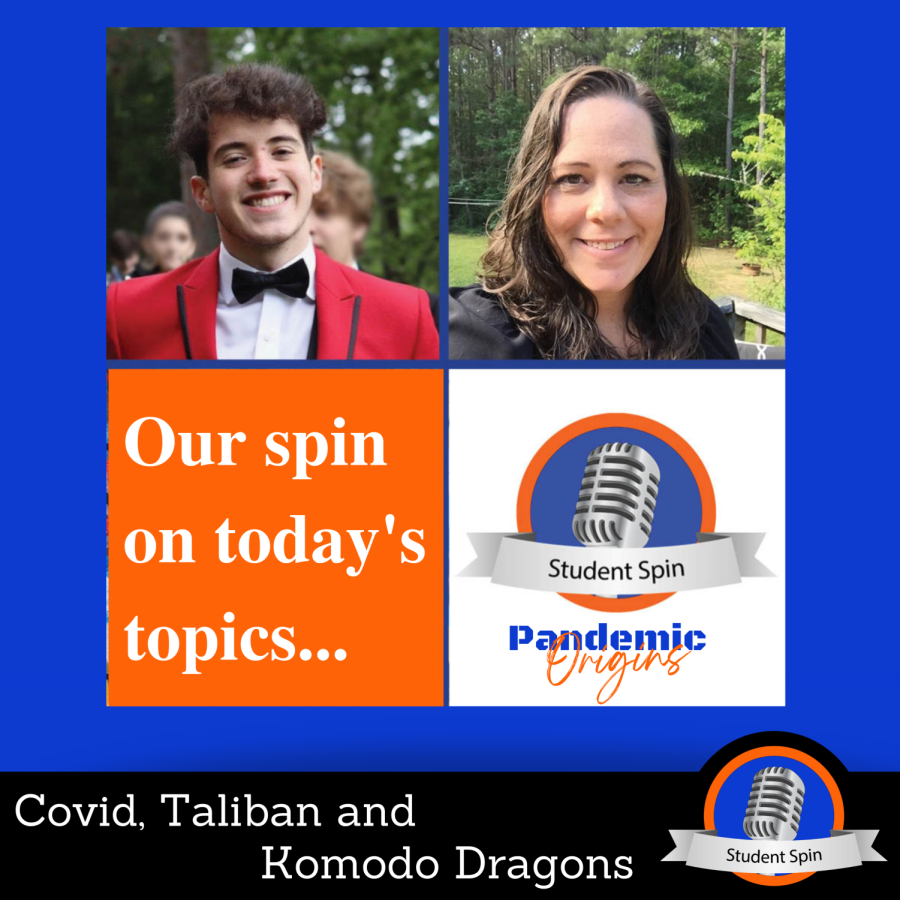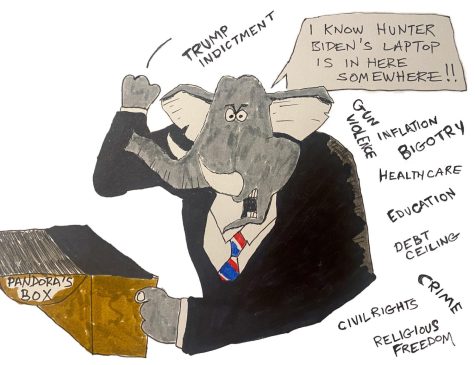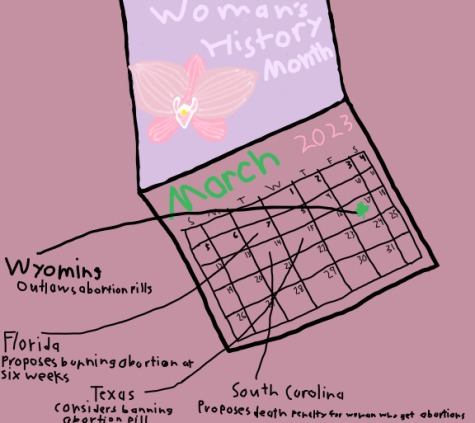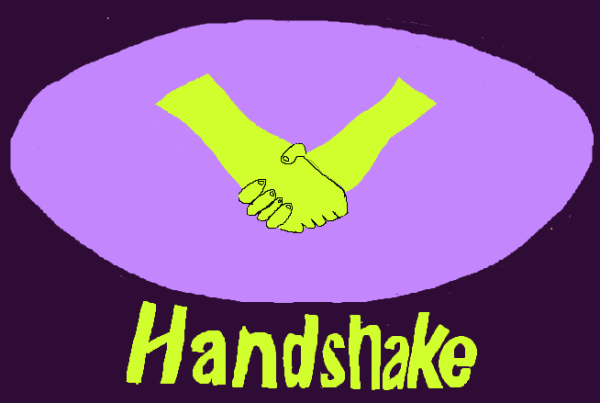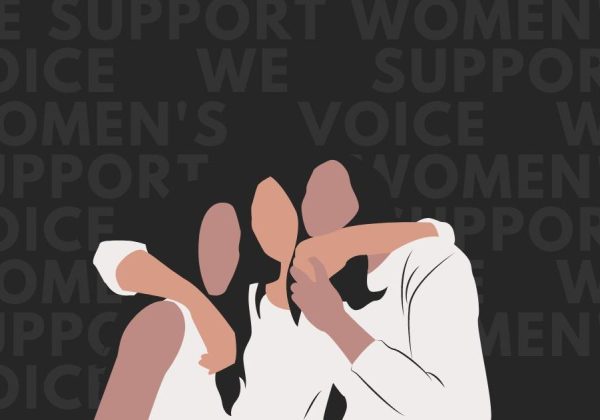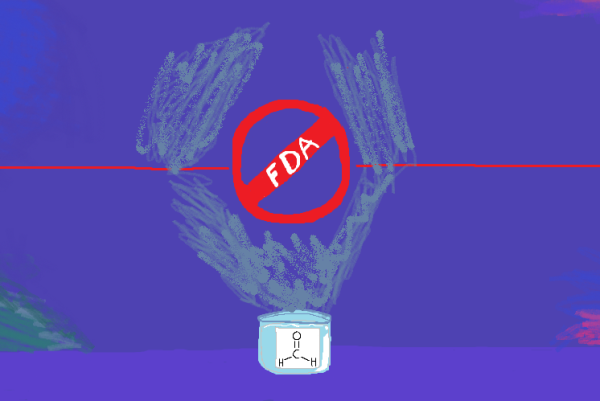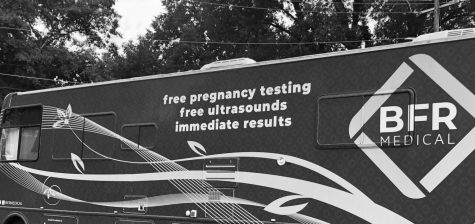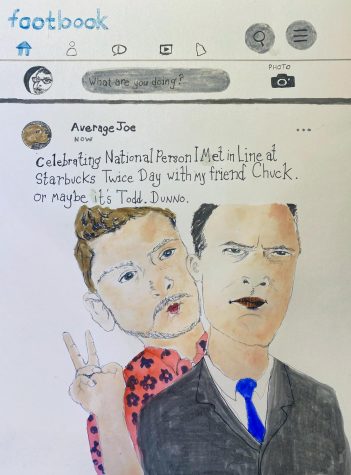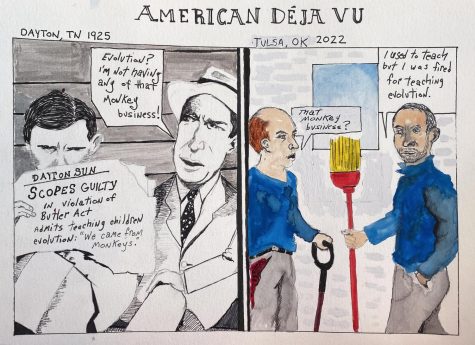Solutions for mass shootings go far beyond gun control
We can see that the pandemic is no longer keeping people inside of their homes because mass shootings have returned.
At the time of this writing, the news reports another fatal shooting in Indiana.
According to the Gun Violence Archive, a nonprofit organization that tracks shootings in America, as of April 17, there have been more than 140 mass shootings in 2021 alone. If we were to average that total among the calendar days since January 1, that means there has been more than one mass shooting per day.
According to a 2019 article posted on npr. org, “How The U.S. Compares With Other Countries In Deaths From Gun Violence” by Nurith Aizenman and Marc Silver, the United States has the 28th highest rate of deaths from gun violence around the world. This is tremendously higher than what is reported in other wealthy countries.
The continued problem of mass shootings through gun violence begs the question, what is America doing to stop it? The answer — not enough.
There is no doubt that deadly shootings are a continued problem in our country. And yet, this problem continues to exist and numbers continue to climb. Why? In large part, because this has become a highly political topic with people at both ends of the spectrum loudly screaming from their opposing platforms to either ban guns or leave well enough alone.
In truth, the solution to this problem likely lies in the moderate middle. In the gray area. In the place that makes others so uncomfortable because it takes trust, communication, and compromise to exist there.
The fact is that we could be doing more than we are to protect ourselves, our loved ones, and our neighbors and we just aren’t. Things like mental health screenings, longer waiting periods, limits on how many and what types of guns can be owned, and how much of an ammunition stockpile is reasonable for one person are all reasonable steps to reduce this problem without taking away a person’s right to bear arms. That’s the moderate middle. That’s the area of compromise that requires everyone to give a little to get a lot — a lot of lives, that is.
Other countries have processes in place that lower the risk of these types of shootings. Japan issues tests before a citizen can own a gun. The U.K. Parliament is passing laws to ban ownership of semi-automatic firearms and requiring shotgun owners to register their weapons. In the U.S. a background check is the only significant requirement.
While mass shootings are a national problem, local and individual action can make a difference.
Sandy Hook Promise, an advocacy group led by several family members of victims of the Sandy Hook Elementary School shooting, promotes a “Know the Signs” program that teaches adults and students the warning signs and threats that lead to violence. They even released a Back-to-School PSA as their latest installment in 2019. This video PSA can be watched on YouTube and details of their advocacy group can be found at their website.
While advocacy groups and PSAs are a great start, it shouldn’t take a mass shooting in your area to launch these local campaigns. It’s like an intersection that has a history of multiple car crashes and deaths that finally gets a traffic light installed — it’s a reactive response to an ongoing problem instead of a proactive attempt to flip the narrative.
Individuals and communities need to foster a culture of safety both physically and mentally. It’s time to look at the ramifications of being able to so easily access deadly weapons.
So ask yourself, what can you do to become a part of the solution and to flip the narrative NOW?

